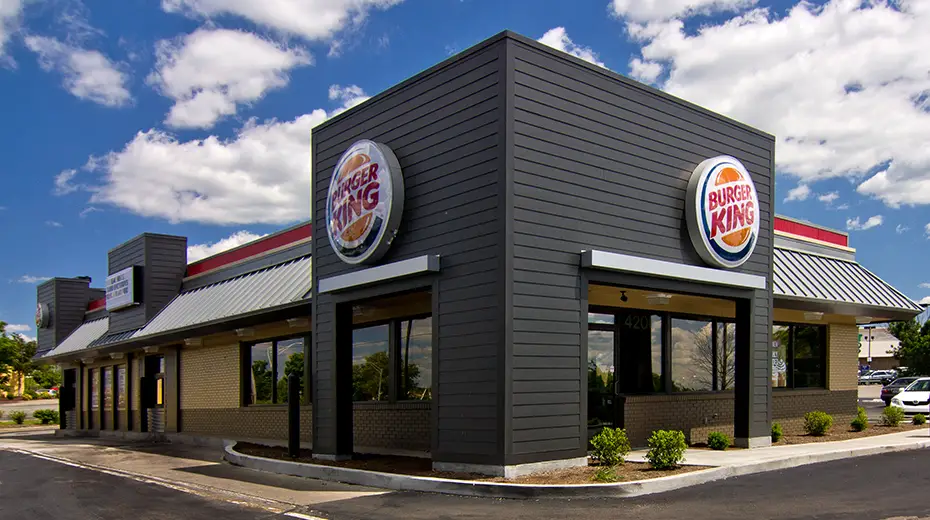Burger King Mission and Vision Statement

Burger King mission statement is “Offering reasonably priced quality food, served quickly, in attractive, clean surroundings.” The statement lays a lot of emphasis on the pricing of its foods and the overall efficiency that the customer enjoys while interacting with the business. Various characteristics relate to this mission statement:
- Improving health. Burger King understands the sensitivity of its services especially when it comes to the quality of its food items. The connection food has with health is inseparable and this explains the stringent measures the company has integrated into its system to ensure it serves its client with the best quality food items possible.
- Reasonable prices. In this component, Burger King shows that the company cares about the pockets of its customers. It does this by offering them affordable prices for the food items. And there is no compromise in the quality as the company believes in serving its customers with the best to satisfy the requirements of its first component in its mission statement.
Introduction
Burger King mission and vision statements affirm the importance of strategically aligning business with critical elements to ascertain sustainable growth. While operating in one of the most competitive markets, the service sector, this firm has waded its way through the challenges characteristic of the sector to become a top brand for over half a decade. The purpose of a mission statement is to define the undertaking that a business needs to implement to reach its long-term goals. Burger King mission statement strategically focusses giving their customers a value for their money through attractive pricing and excellent services. Closely related is the vision statement that offers the road map of a company towards a premeditated future. In this case, Burger King vision statement demonstrates its yearning for becoming a business that offers top-quality services in the sector. The core values of the company also have a significant influence especially in keeping all stakeholders motivated and in line with the mission and vision. Burger King values go further to create a conducting working environment and in this way, advances the progress of the company towards the right business growth trajectory.
Vision Statement
Burger King vision statement is “to be the most profitable QSR business, through a strong franchise system and great people, serving the best burgers in the world.” The statement emphasizes the leadership position of the company in being a role model for the rest in the sector through its globally recognized quality. The following components relate to this vision statement.
- Most profitable QSR. The first component in the vision statement of Burger King emphasizes that the company’s primary objective is to be the best in its area of operation in all aspects including price, quality and hospitable. It does this through its varied activities including corporate responsibilities.
- Best Burgers. To satisfy this component, Burger King has restructured its services to ensure that it offers uniquely made Burgers to its customers. In fact, it accompanies this with additional treatment to improve the customer experience.
Core Values
Burger King core values include “teamwork and family, excellence and respect.” The core values have the following components.
- Teamwork and family
- Excellence
- Respect
Creating a community that Burger King describes as ‘great people’ can only occur in the presence of its cooperation and good relation. The company also emphasizes meeting all standards as a mark of excellence in all its operations. Coupled with respect, Burger King, these values ensures Burger King is well suited to be the best in the world.
References
- Aithal, P. S. (2015). How an effective leadership and governance supports to achieve institutional vision, mission and objectives. International Journal of Multidisciplinary Research and Development, 2(5), 154-161.
- Analoui, F., & Karami, A. (2002). CEOs and development of the meaningful mission statement. Corporate Governance: The international journal of business in society, 2(3), 13-20.
- Babnik, K., Breznik, K., Dermol, V., & Trunk Širca, N. (2014). The mission statement: organisational culture perspective. Industrial Management & Data Systems, 114(4), 612-627.
- Babnik, K., Breznik, K., Dermol, V., & Trunk Širca, N. (2014). The mission statement: organisational culture perspective. Industrial Management & Data Systems, 114(4), 612-627.
- Burger King – Home Page.
- Cady, S. H., Wheeler, J. V., DeWolf, J., & Brodke, M. (2011). Mission, vision, and values: what do they say? Organization Development Journal, 29(1).
- Dermol, V. (2012). Relationship between mission statement and company performance. Analele Ştiinţifice ale Universităţii» Alexandru Ioan Cuza «din Iaşi. Ştiinţe economice, 59(1), 325-341.
- Foster, R. D., & Akdere, M. (2007). Effective organizational vision: implications for human resource development. Journal of European Industrial Training, 31(2), 100-111.
- Freeman, A. (2007). Fast food: Oppression through poor nutrition. Calif. L. Rev., 95, 2221.
- Kantabutra, S. (2010). What do we know about vision? In Leading organizations: perspectives for a new era (pp. 258-269). Sage Publishing Los Angeles.
- Kantabutra, S., & Avery, G. C. (2010). The power of vision: statements that resonate. Journal of business strategy, 31(1), 37-45.
- Mirvis, P., Googins, B., & Kinnicutt, S. (2010). Vision, mission, values. Organizational Dynamics, 39(4), 316.
- Rajasekar, J. (2013). A comparative analysis of mission statement content and readability. Journal of Management Policy and Practice, 14(6), 131-147.
- Williams, L. S. (2008). The mission statement. Journal of business communication, 45(2).


